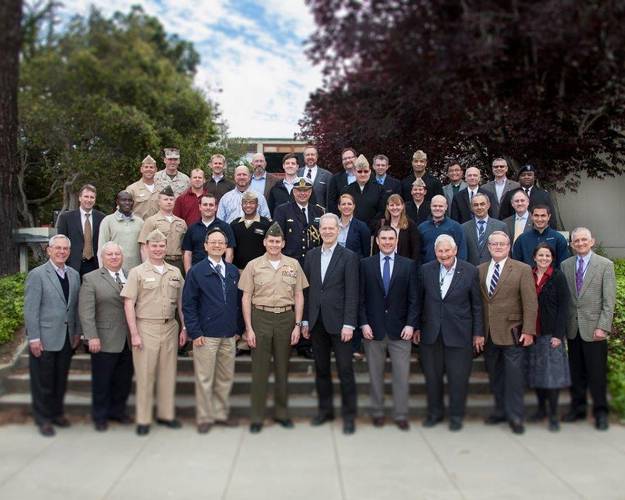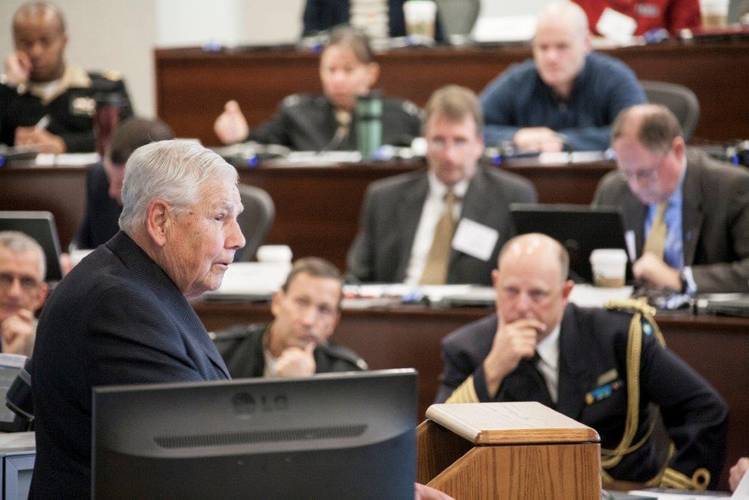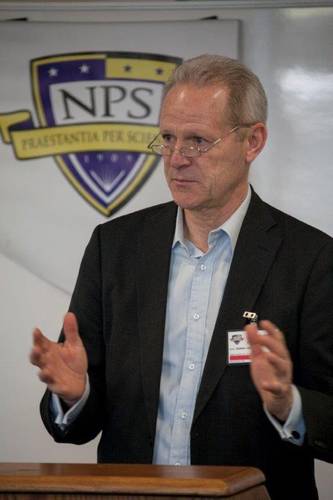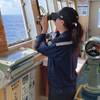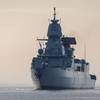Sweden Shares Littoral Knowledge
Swedish Navy working with U.S. Naval Postgraduate School to focus on the global littorals; Sweden shares its knowledge on how to fight and win in the littoral
Naval experts are meeting in Monterey, California, this week to discuss something the Swedish armed forces know quite well: naval operations in the littoral or near coastal waters are very complex.
Littoral warfare is very different from open ocean operations. The U.S. Navy is looking to the experience and expertise of the Swedish navy to operate, fight and prevail in this environment.
The Naval Postgraduate School (NPS)in Monterey has established a new Littoral Operations Center (LOC) to focus on these threats and opportunities and is hosting a series of workshops this week to examine littoral operations. According to Ted Ackerstierna, Saab Electronic Defense System’s vice president and head of the naval segment for Western Europe, Saab has had a leadership role in the establishment of the LOC.
“The LOC will conduct and promote the study of U.S. Navy and allied partner nation policy, strategy and technology necessary to deal with conventional, irregular and criminal threats in these crowded and cluttered coastal waters and their adjacent lands,” said LOC Director, NPS Senior Lecturer Dr. Kalev Sepp.
According to Sepp, the littoral is where hydrography, geography, commerce, fishing, mining, political boundaries and claims, and military maneuver and sustainment issues converge. “This is the new warfare space,” says Sepp.
“This is a multi-faceted problem that requires multifaceted solutions,” says Capt. Wayne Hughes, USN, (Ret.), NPS dean emeritus and author of Fleet tactics and Coastal Combat, published by the Naval Institute Press. “The LOC hopes to bring together an international group with representatives from navies and other military services, industry and academia, and better understand the littorals so we can be better prepared to operate, fight and win.”
To gain the expertise to dominate in this environment, Sepp says the U.S. Navy needs to learn from those with the experience, like the Swedish navy.
“Driven by the small size of their armed forces and the extent and intricacy of their coastline, the Swedes have integrated all their services in a comprehensive littoral anti-access system,” Sepp says. “They have achieved a degree of ‘jointness’ that, given our force reductions, we would do well to closely examine.”
Sweden naval service and defense industries work closely together.
According to Ted Ackerstierna, Saab Electronic Defense System’s vice president and head of the naval segment for Western Europe, Saab has had a leadership role in the establishment of the LOC.
Saab’s Steve Benson says the LOC facilitates a collaborative international effort to better understand the challenges of operating in the littoral. “The public-private nature of the effort ensures that a focus on a comprehensive set of perspectives and technical solutions are brought forward to address these challenges.”
Nils Johansson of the Office of Defense Industry of Cooperation at the Embassy of Sweden in Washington, D.C., agrees. “It’s impressive to see the quality of the group here at the workshop, the work of the LOC, and how thoughts are being developed to better meet our future common security challenges. It’s also very satisfying to learn that Sweden has a lot to offer in this process.”
The navy that can dominate in the unique and challenging littoral environment in future will have the advantage, said Captain Magnus Luening, the naval attaché at the Swedish Embassy in Washington. “The workshop covered the difficulties and possibilities from many perspectives. We have agreed that there are no easy solutions for the way ahead. The Swedish Navy, with its knowledge of operating in the littorals, can add value and also benefit from future workshops and this will surely strengthen and deepen the cooperation between our Navies.”








